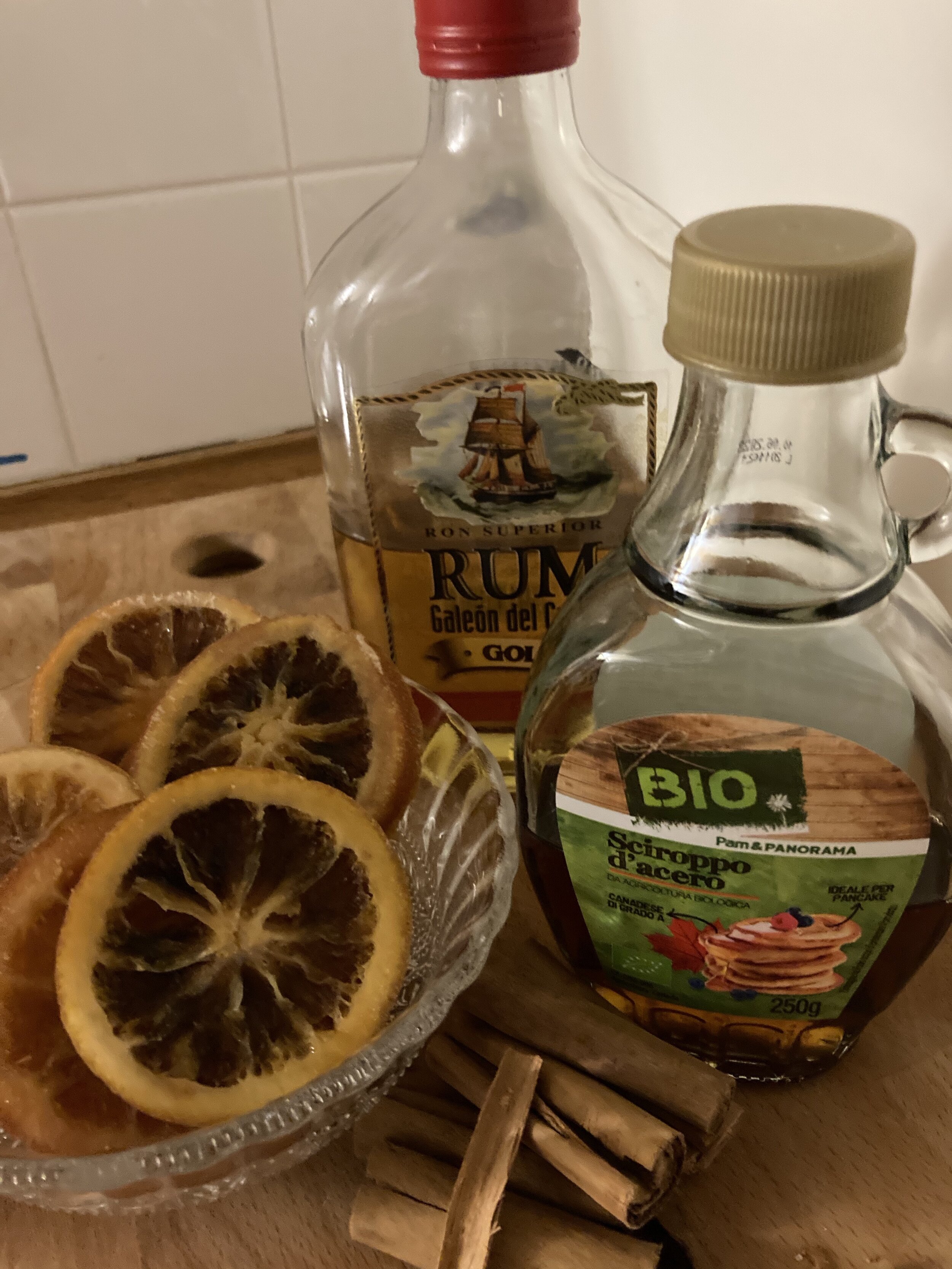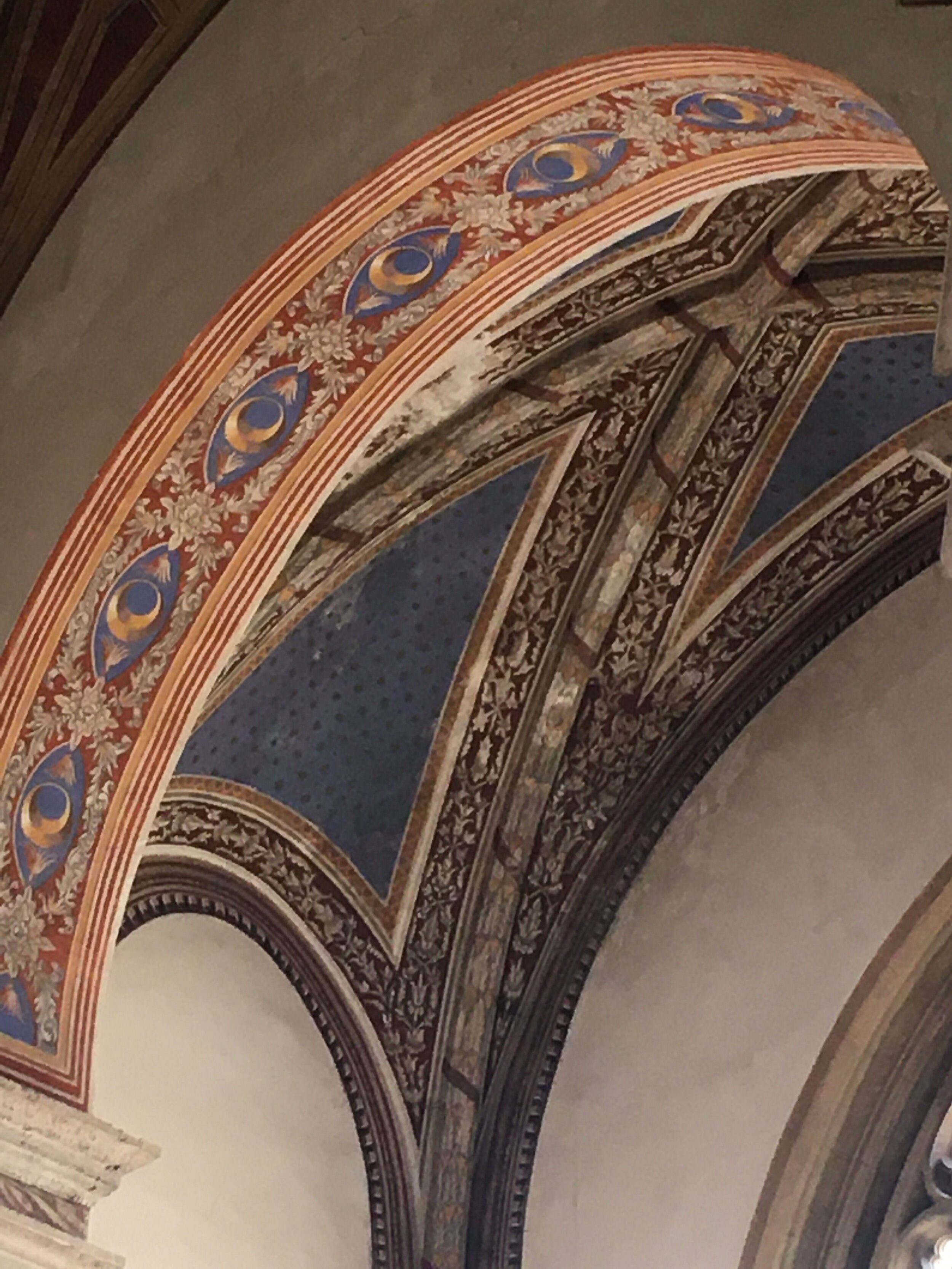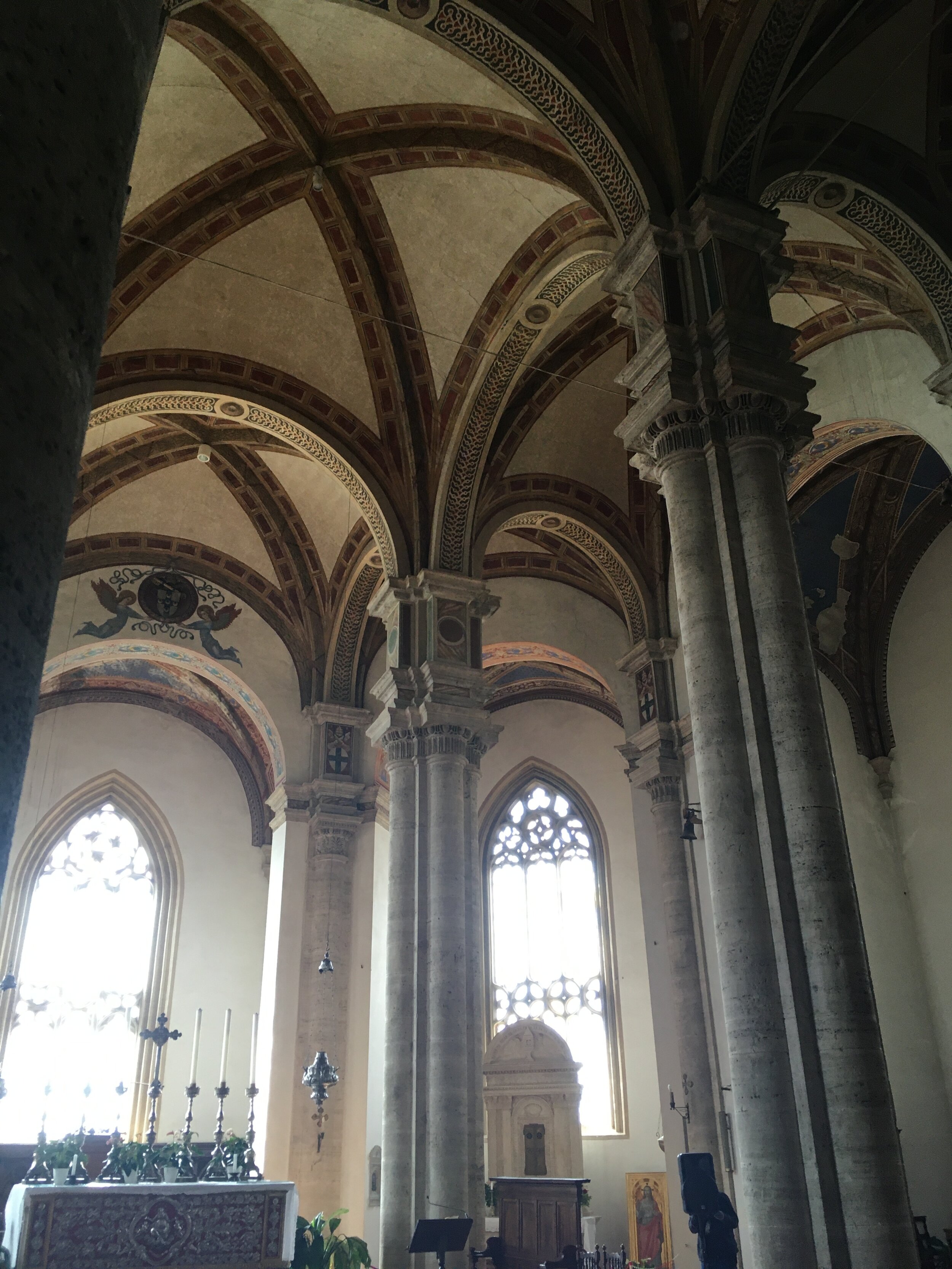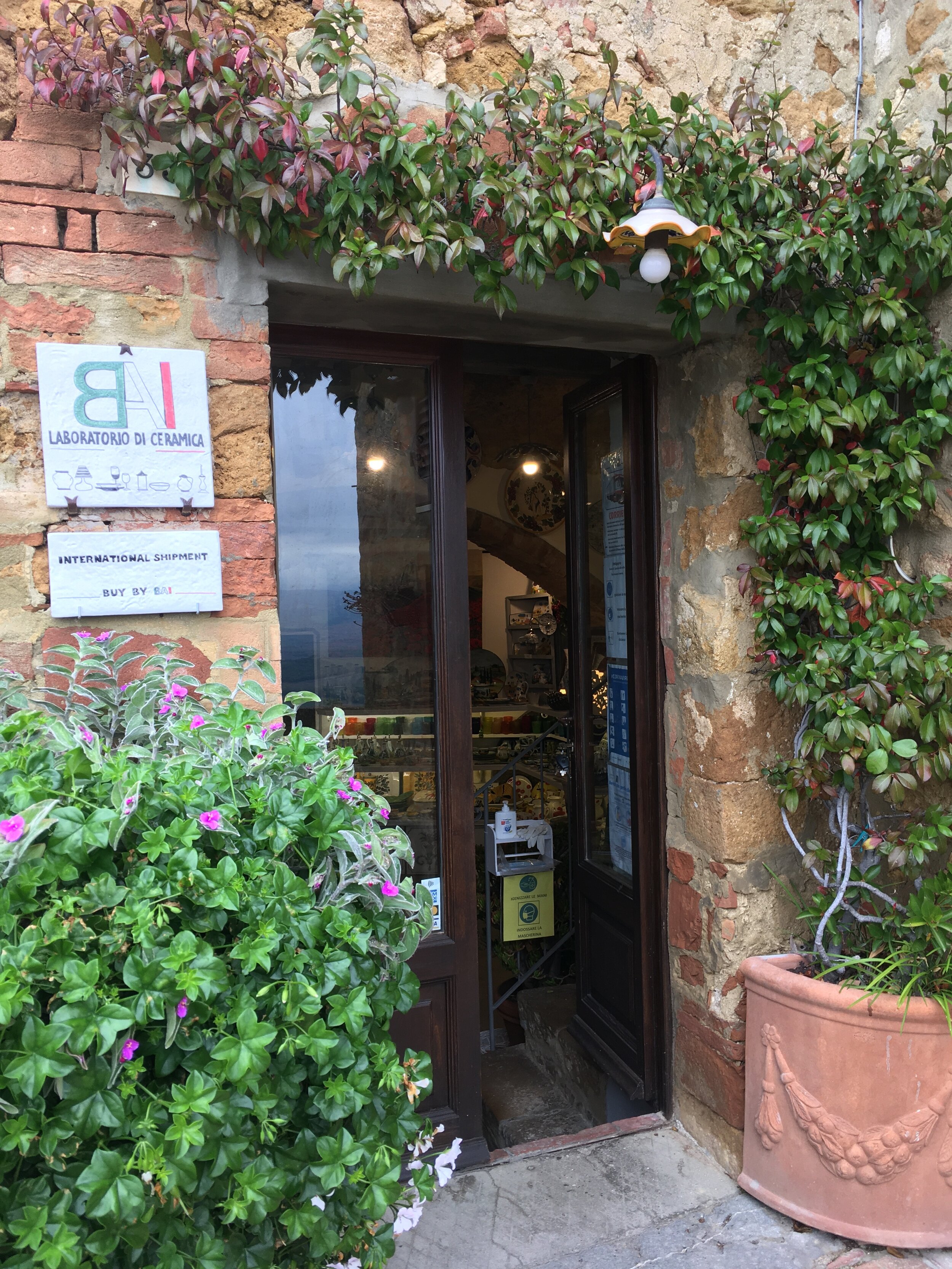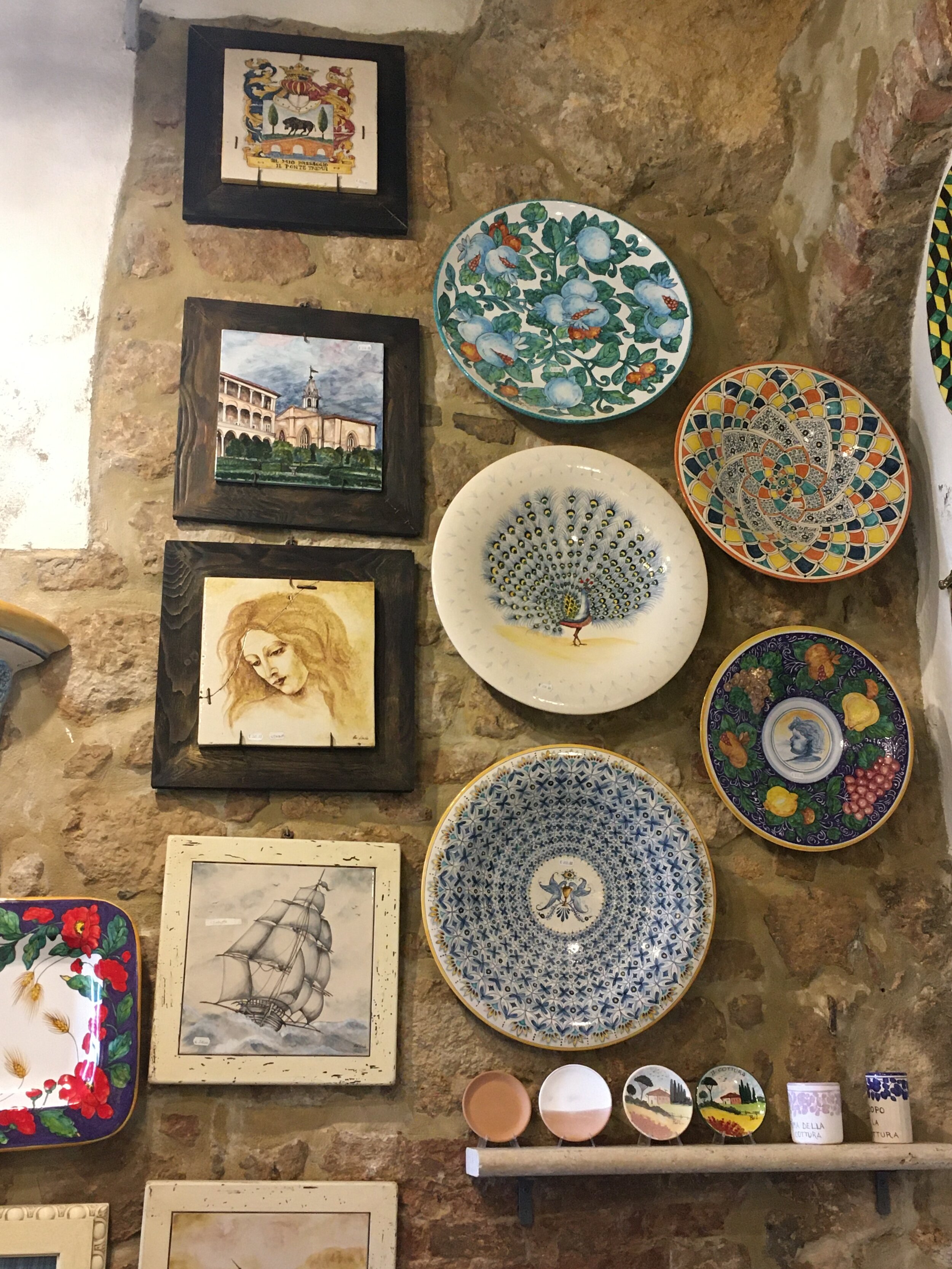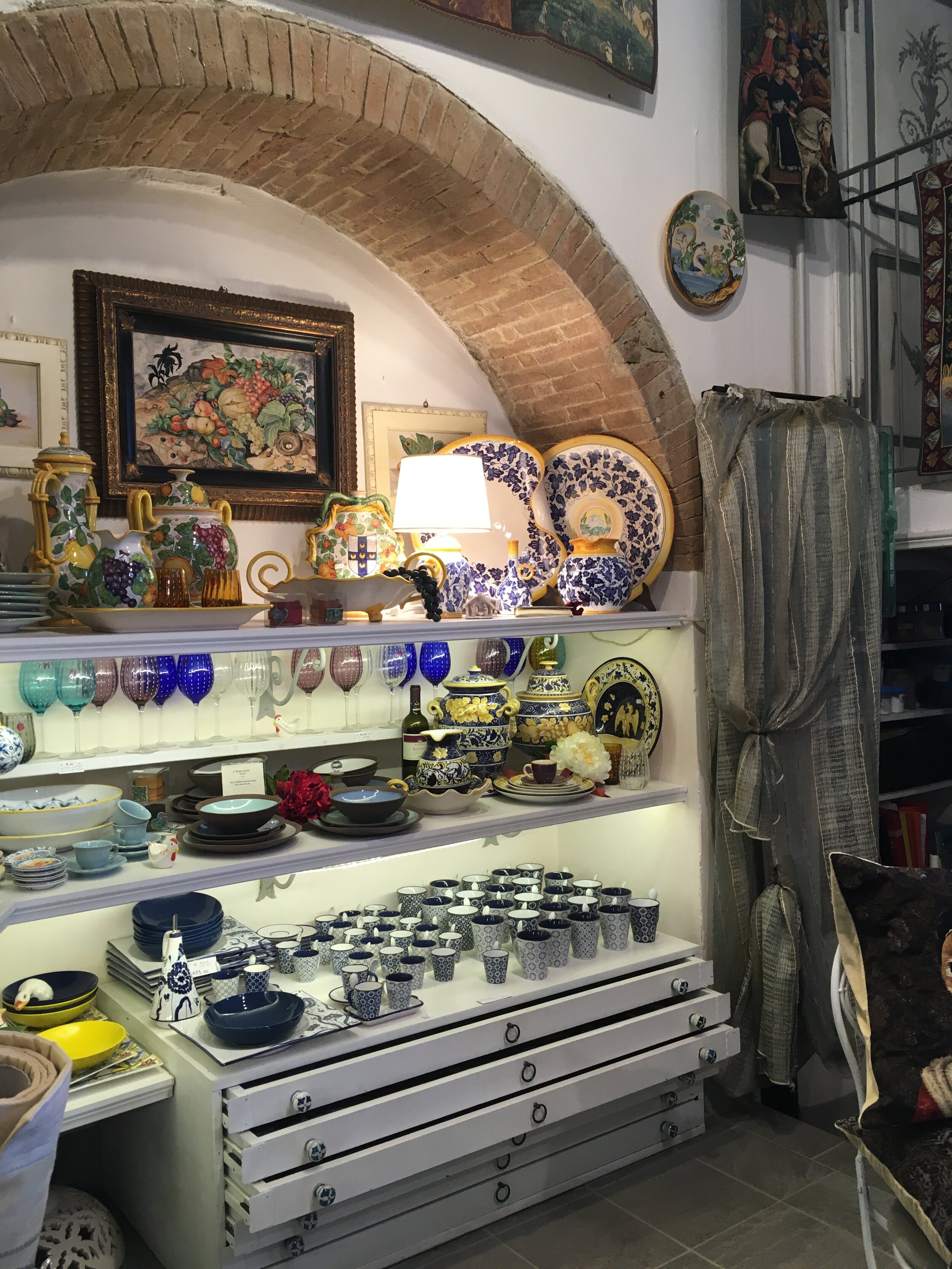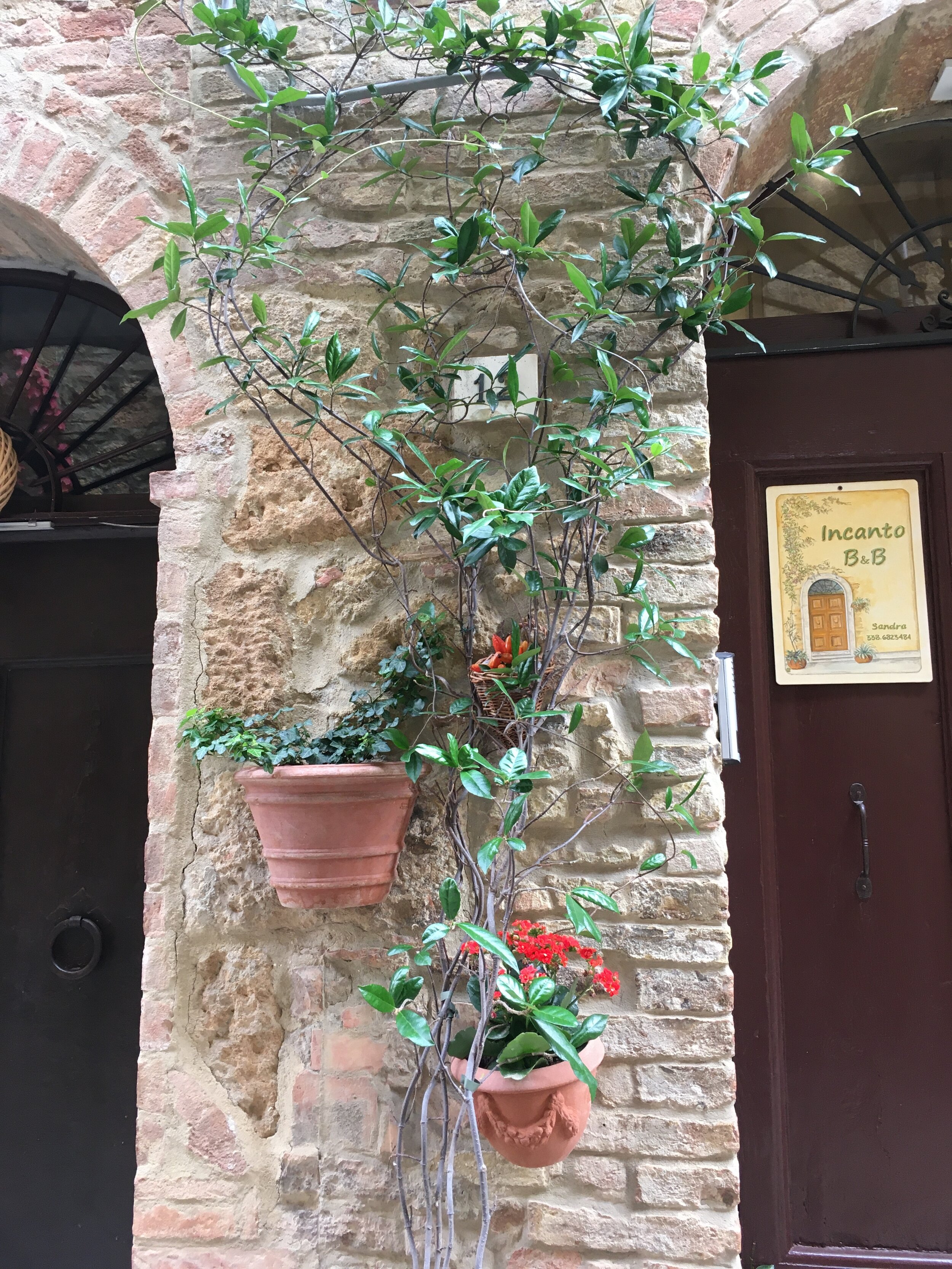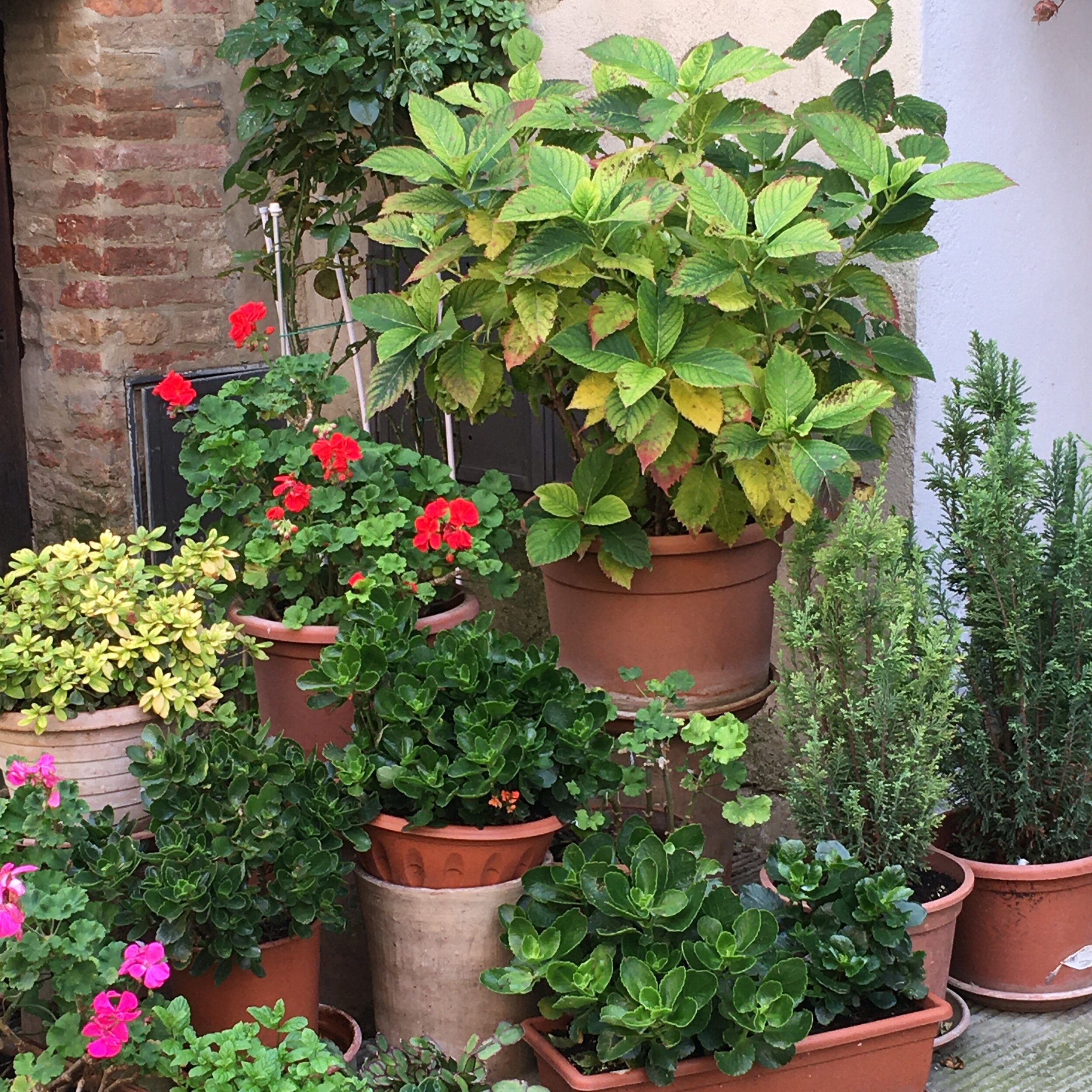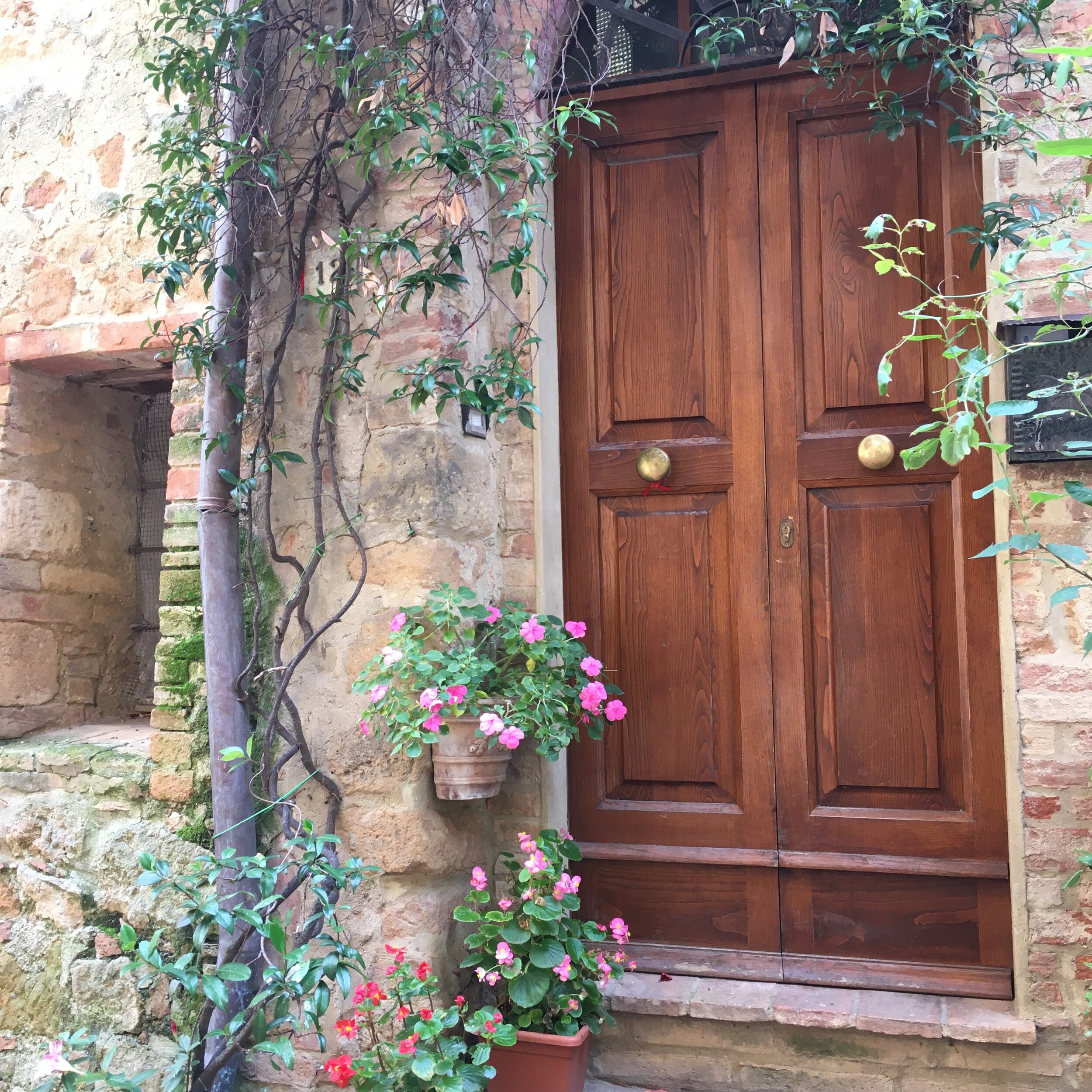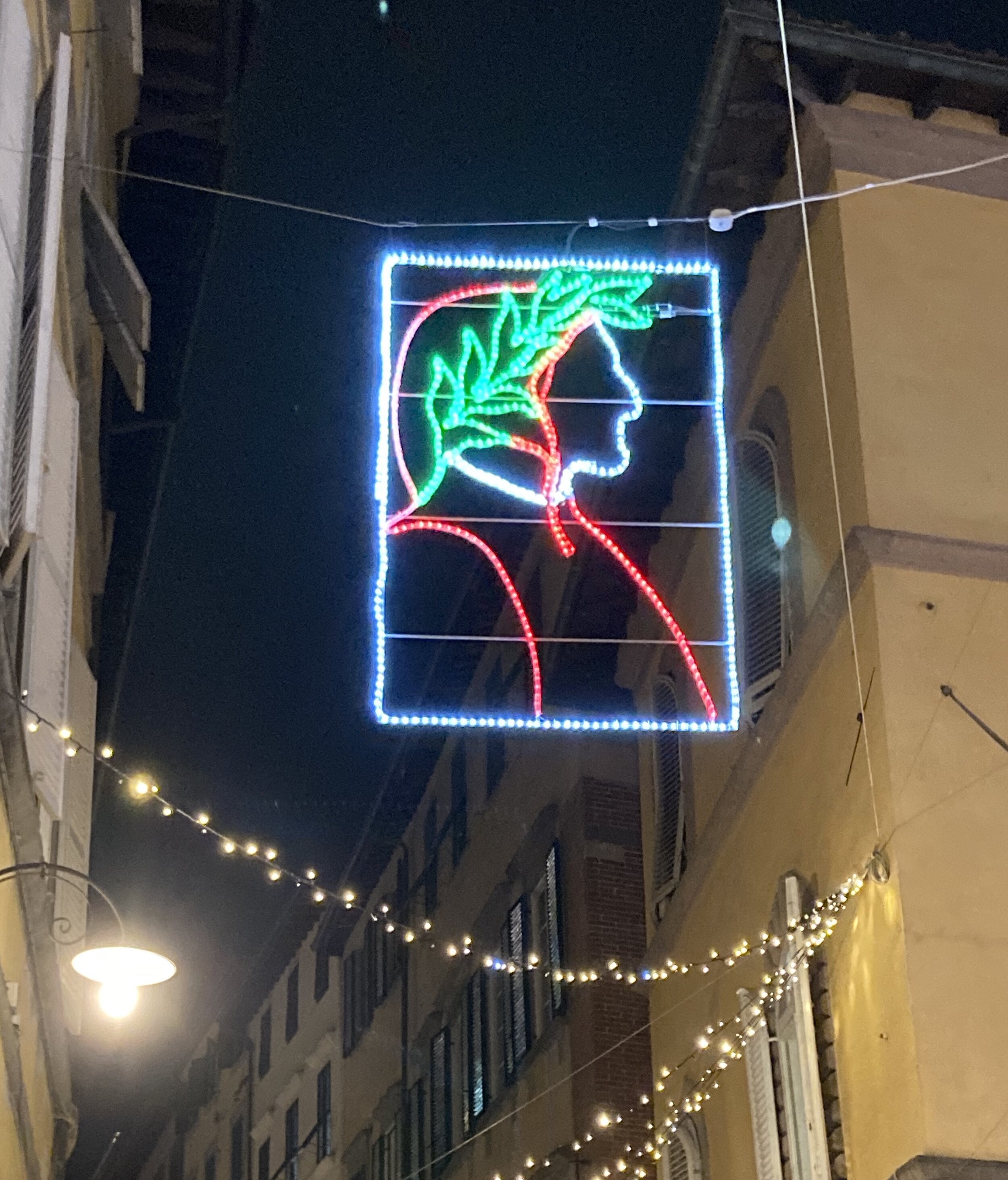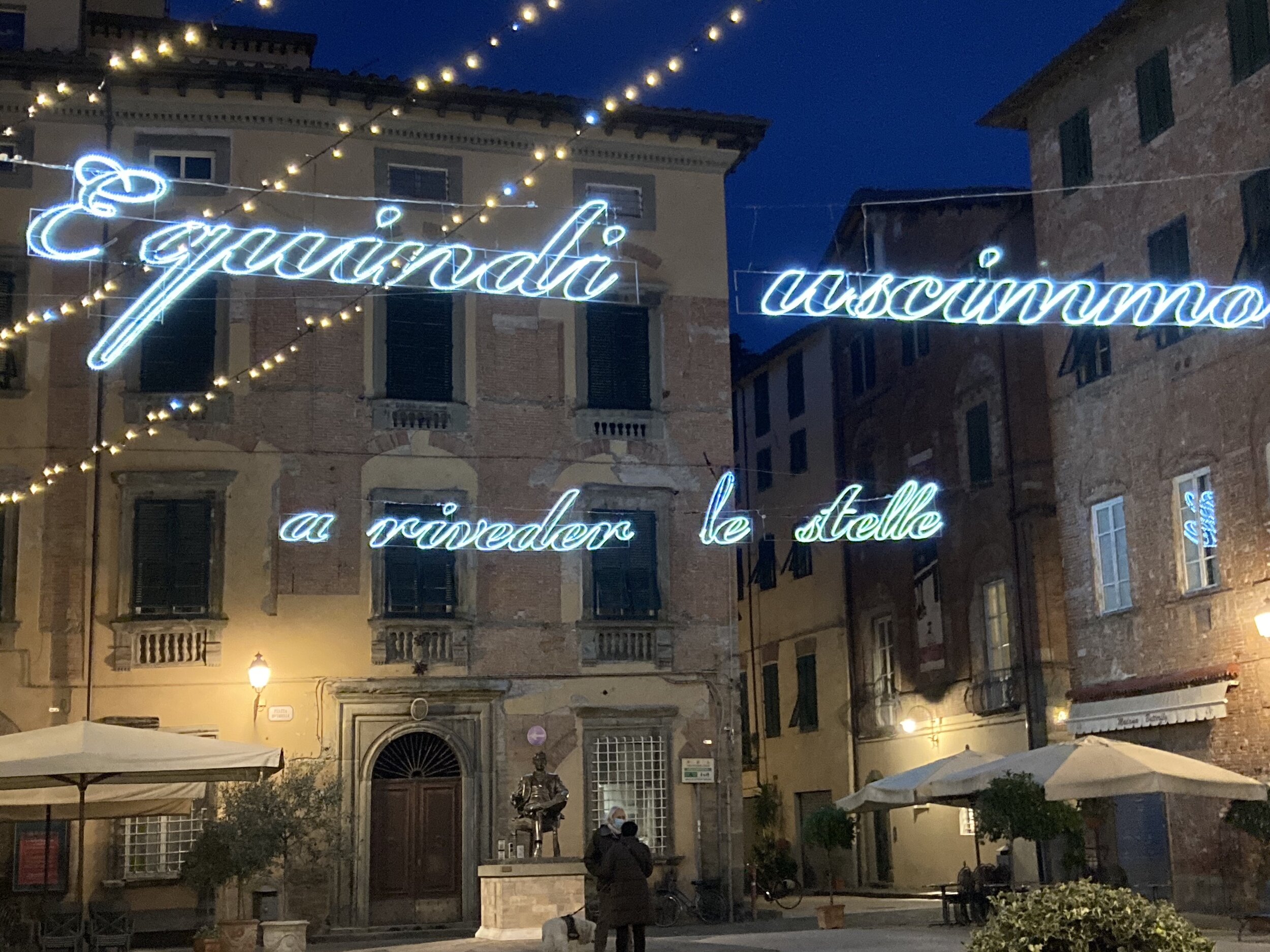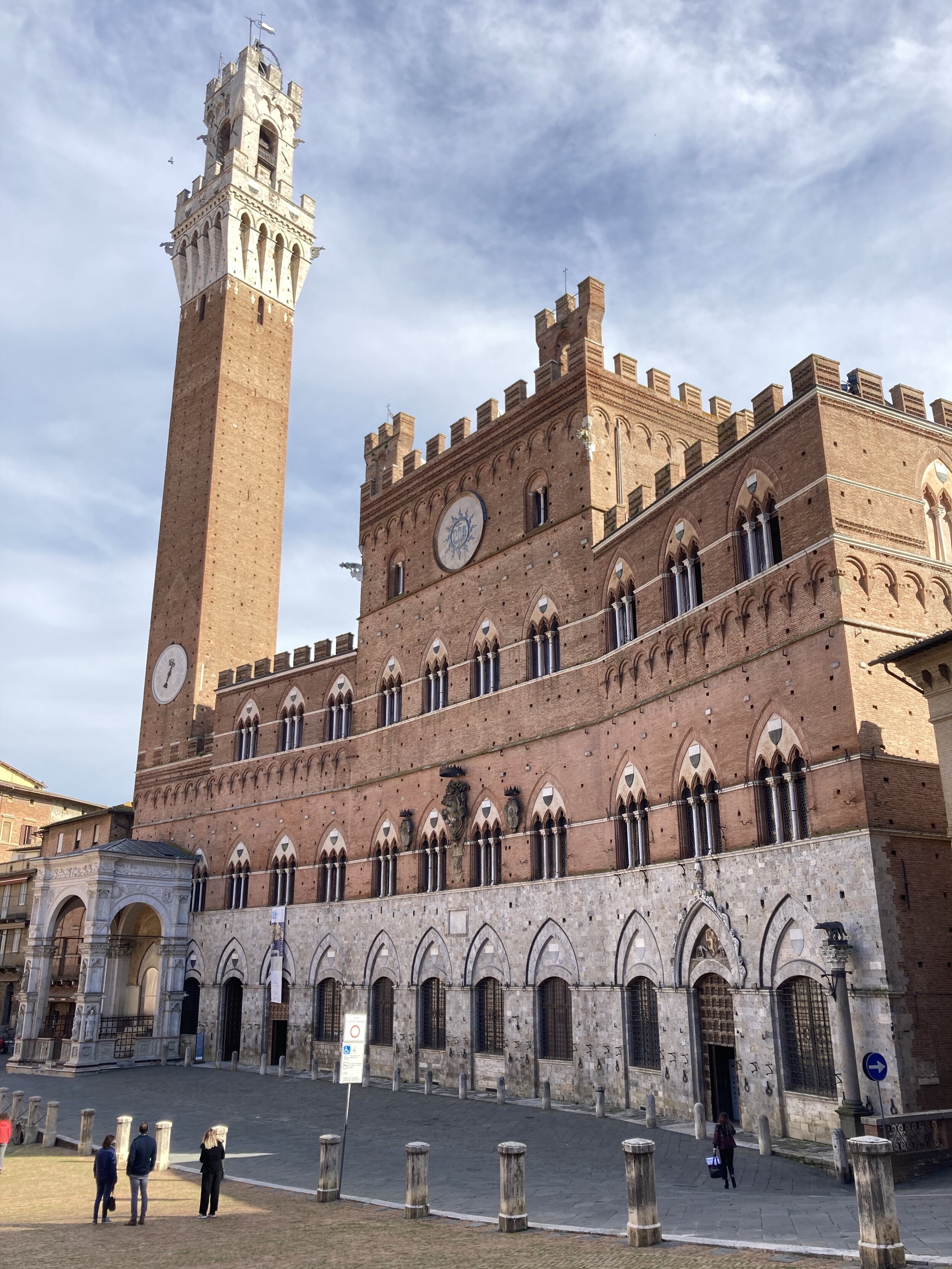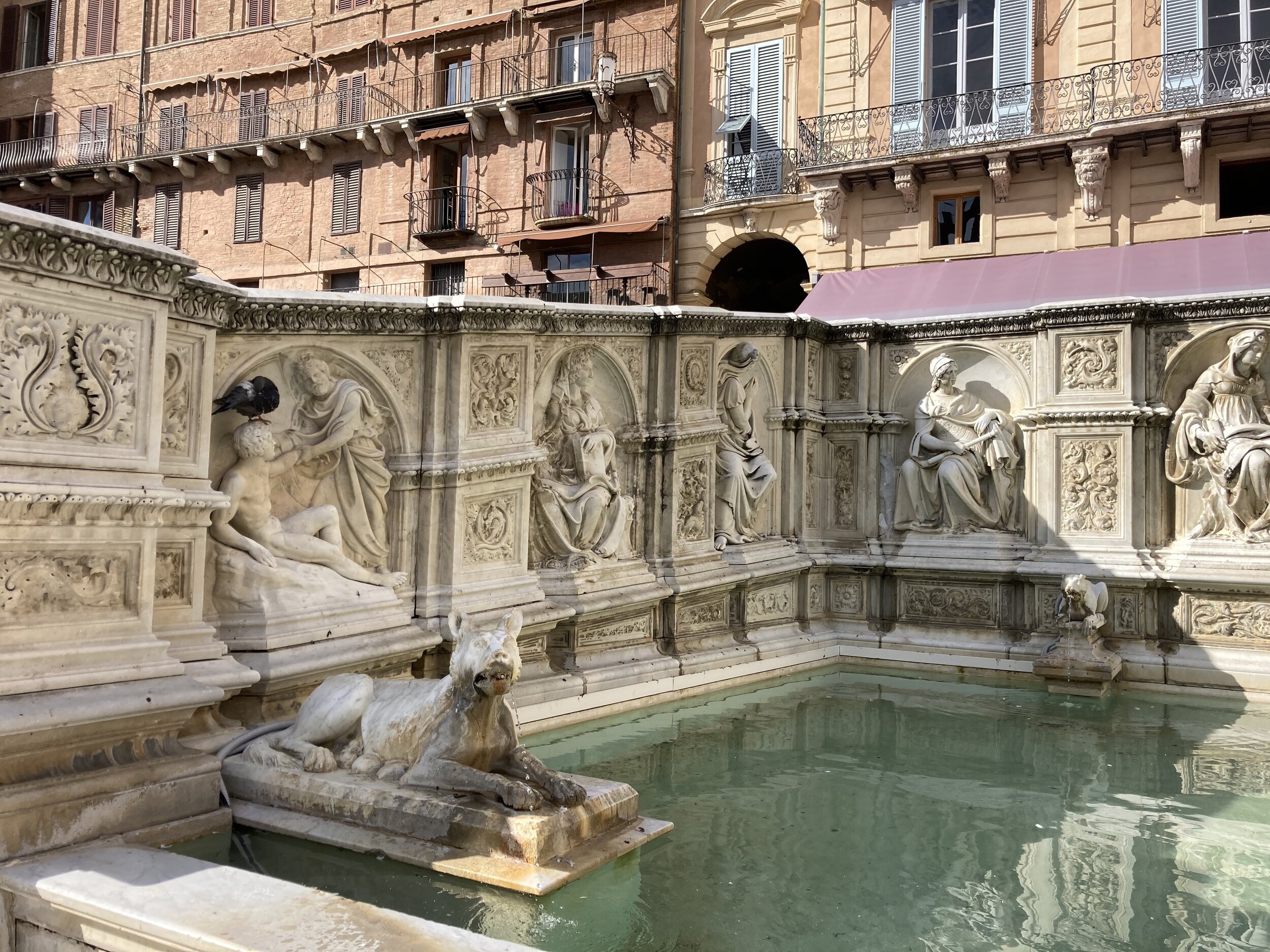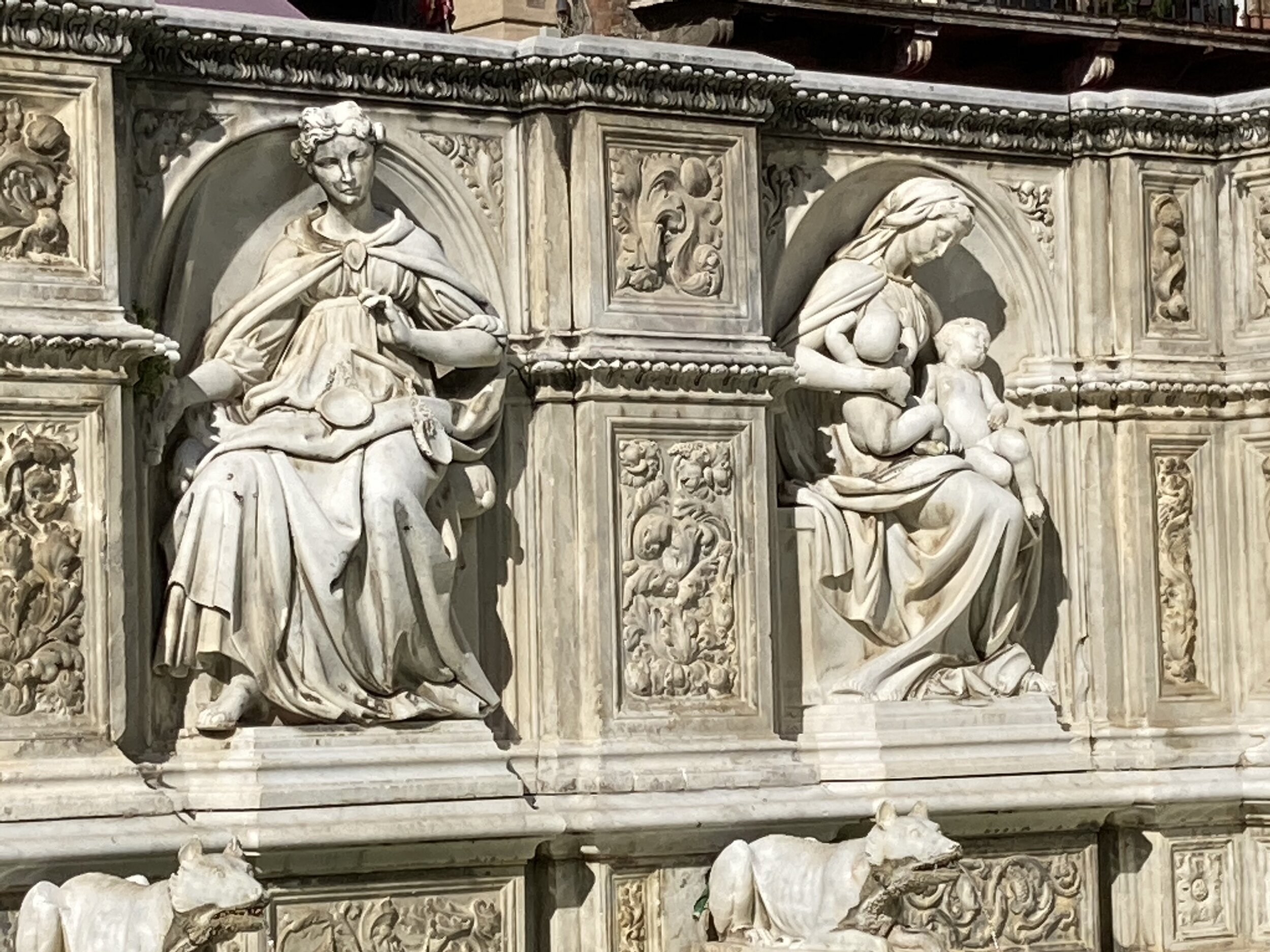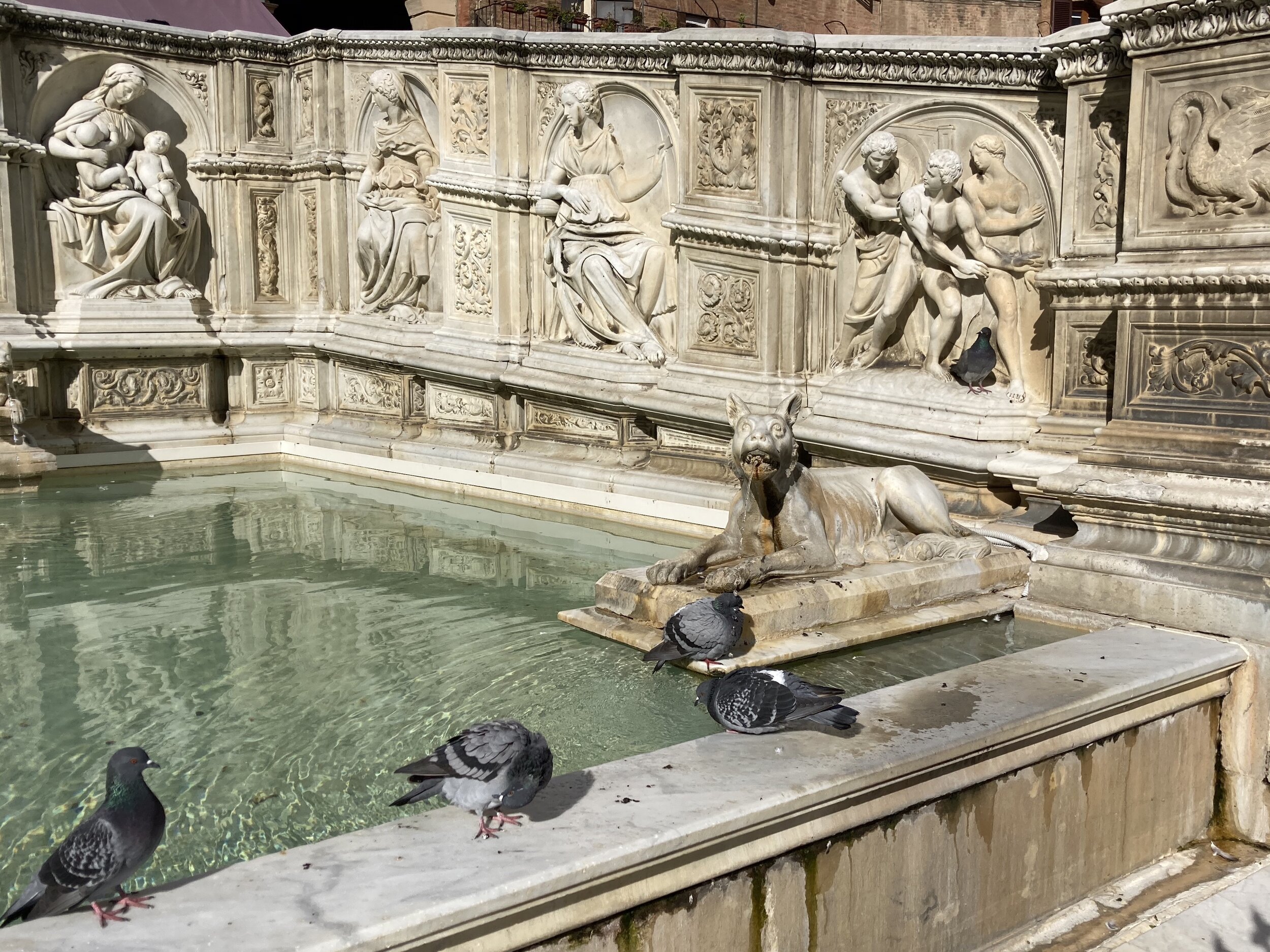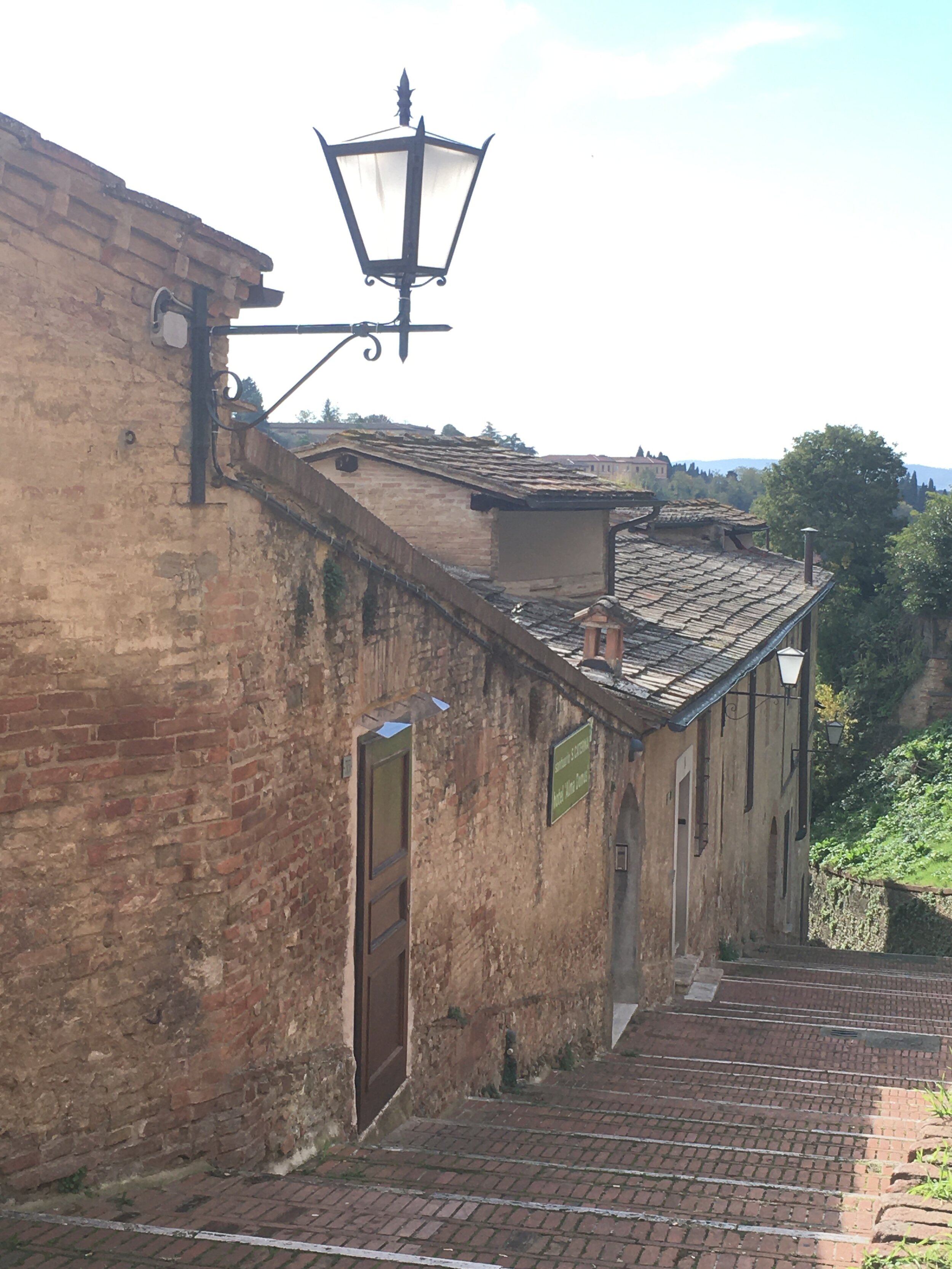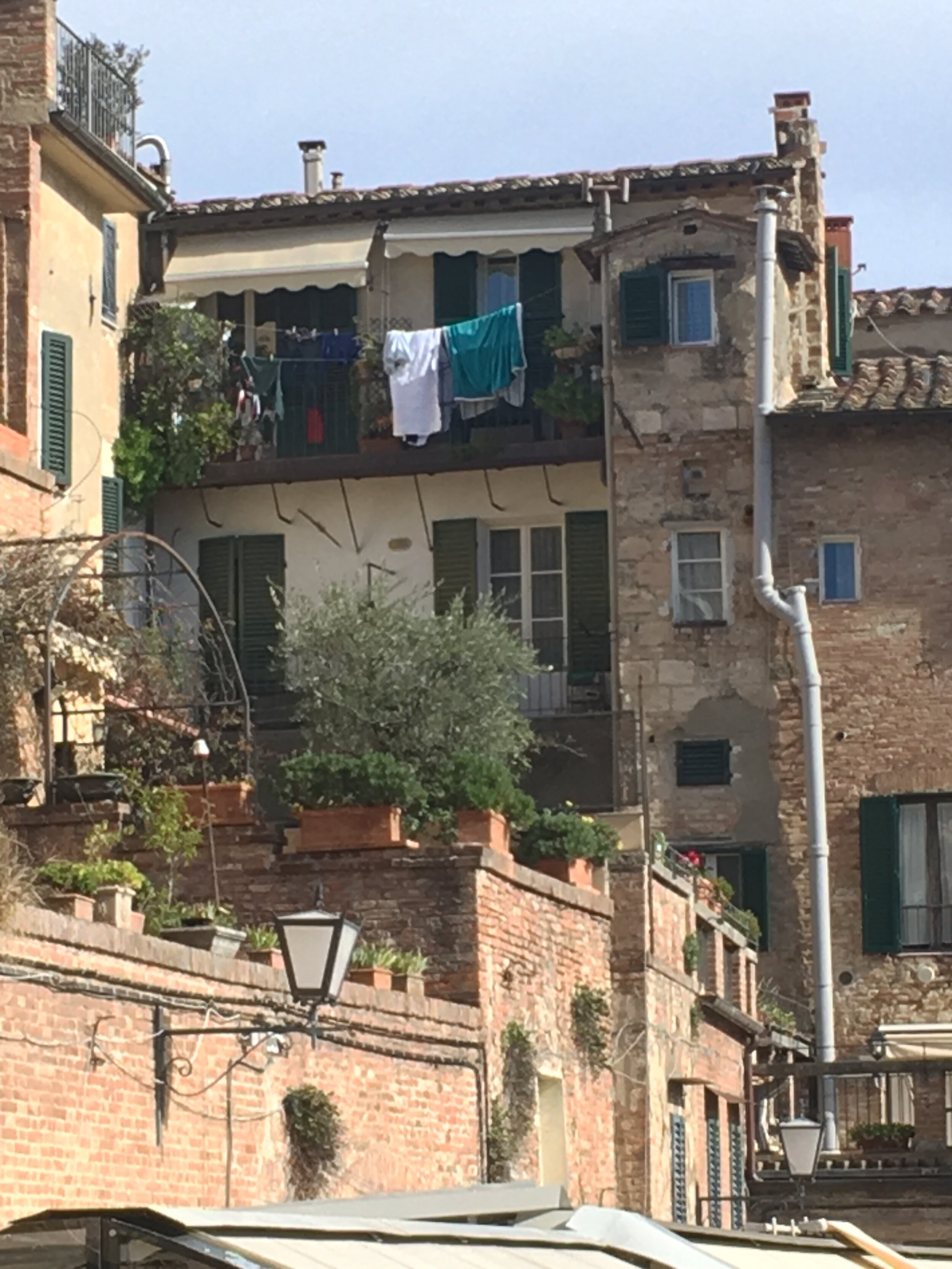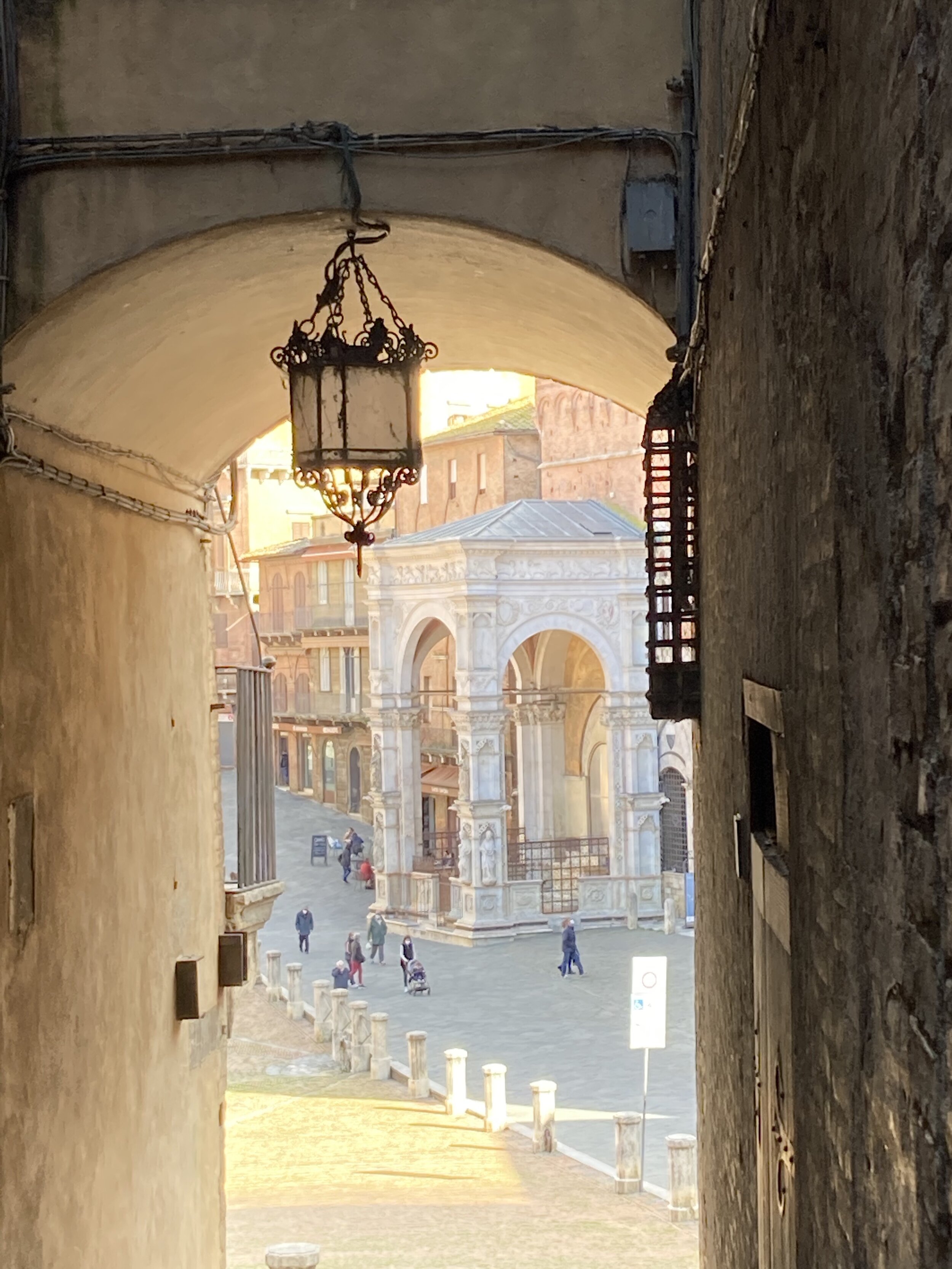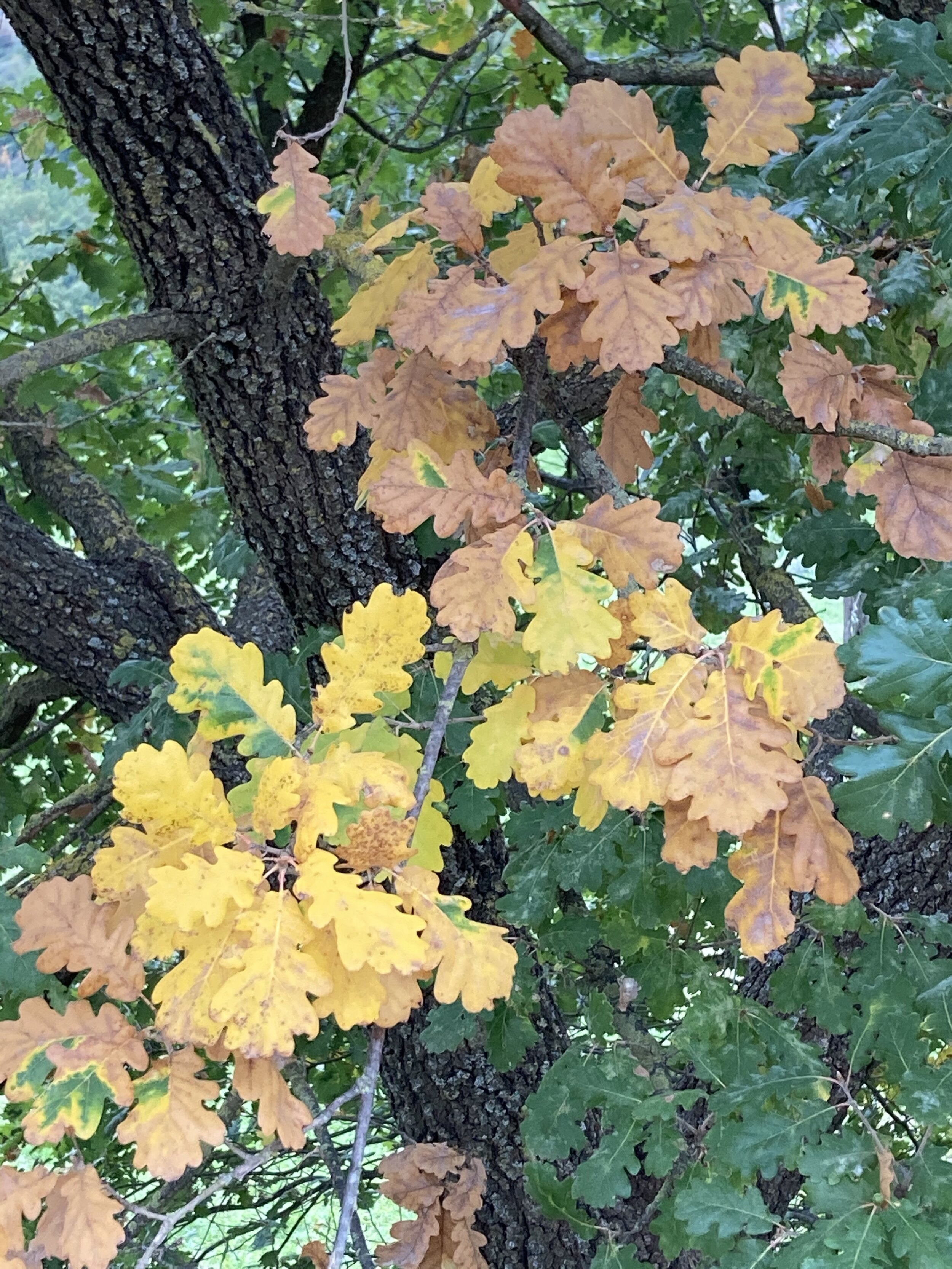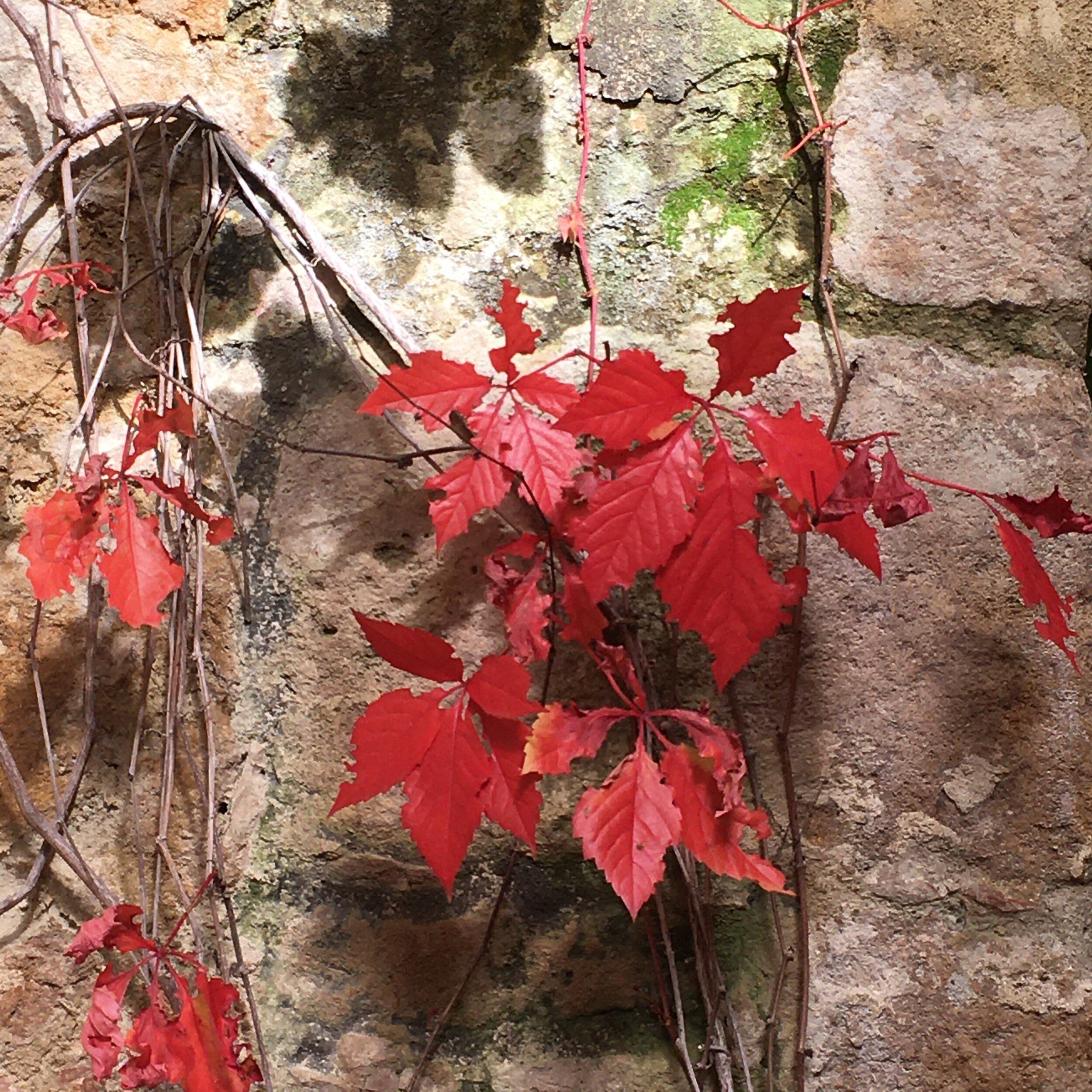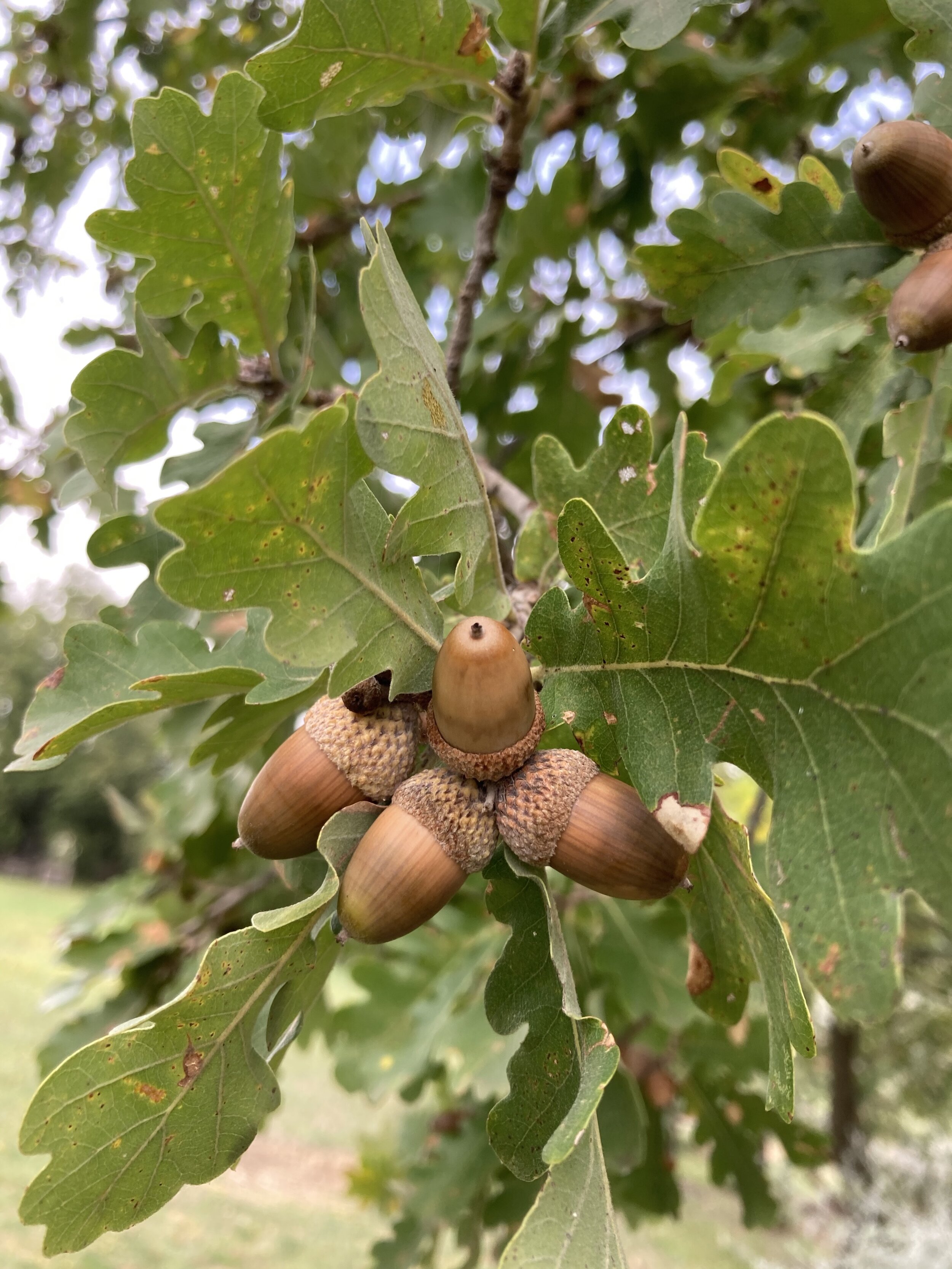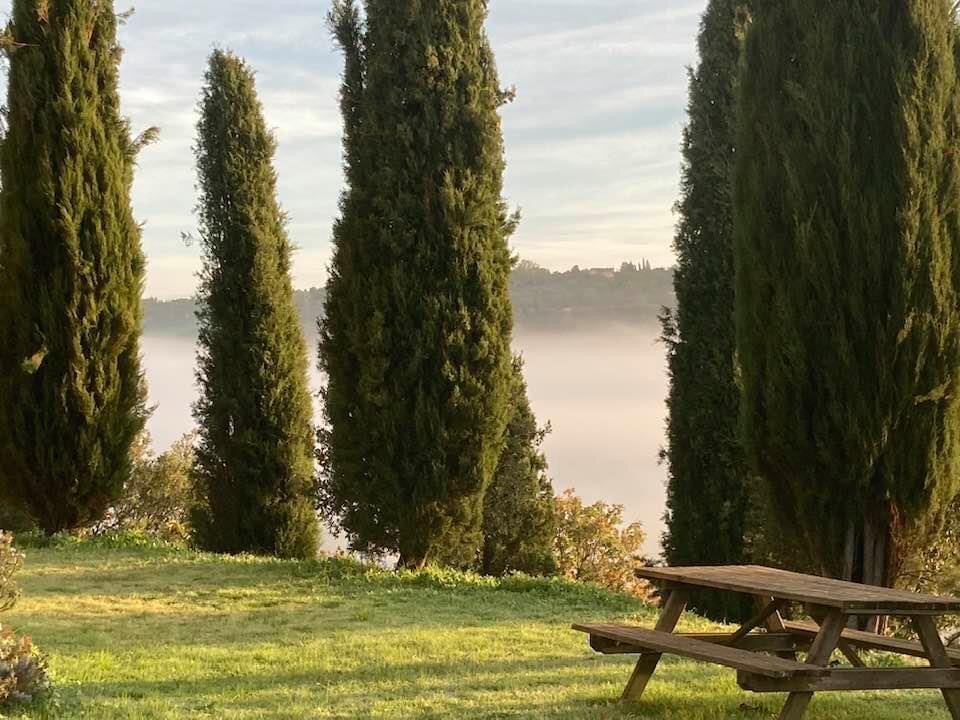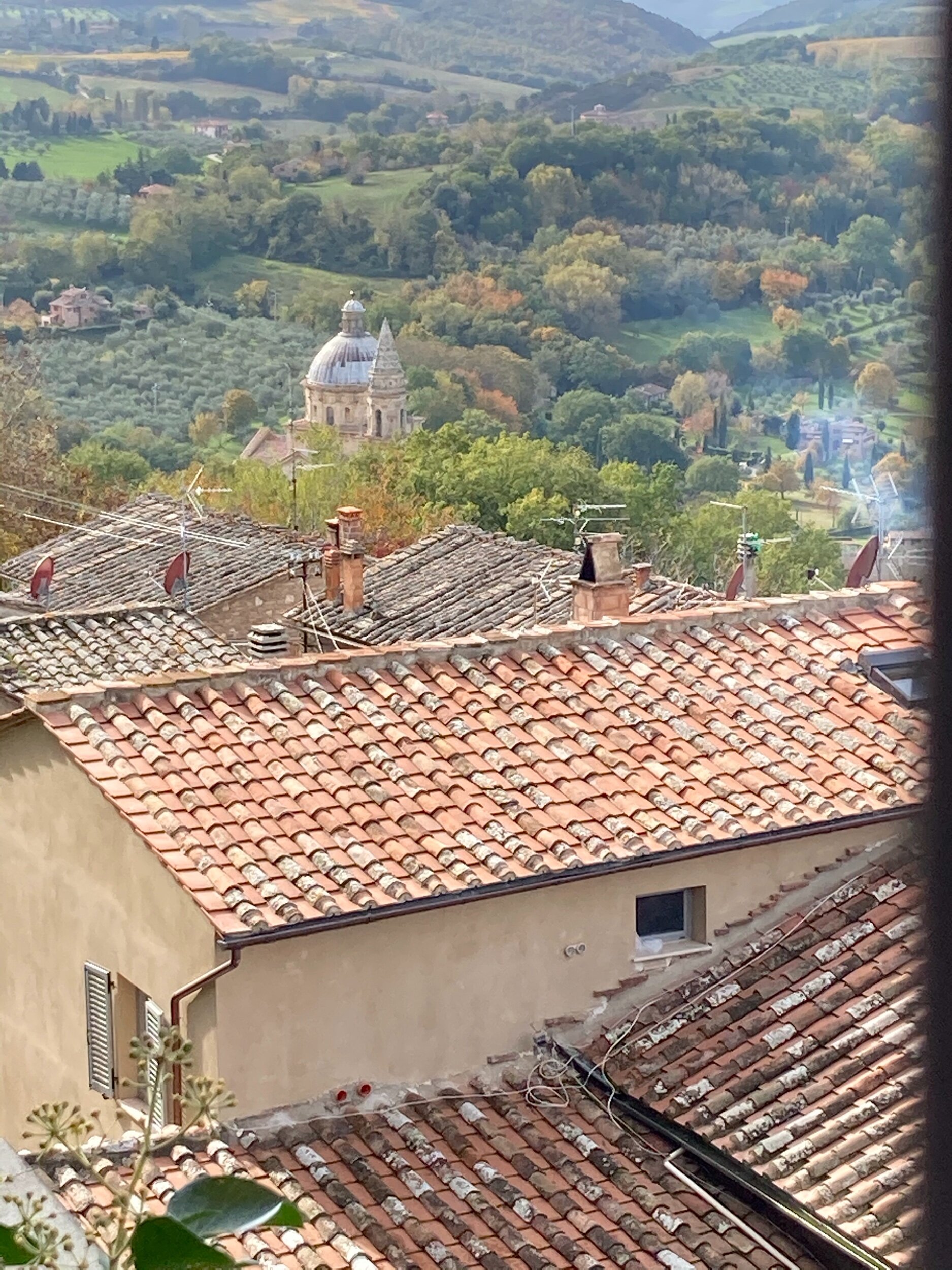The Many Meanings of "Orange" in Italy
It’s funny how the meaning of a word can change depending on language and context.
In English, the word orange can mean either the color or the fruit. In Italian it is a little more complicated. The fruit is arancia, the orange tree is arancio, and the color is arancione.
Winter is the season for arance (oranges, plural) in this part of northern Italy. They grow bright and juicy on big trees or on smaller trees in large terra-cotta pots.. There is even one growing in a small piazza in Lucca, appropriately named the Piazza dell’Arancio (top photo).
This large orange tree grows a few steps from my house. In the background is the Torre Guinigi (Guinigi Tower).
More interesting, and with deeper meaning, is what the word arancione has come to mean in terms of risk throughout Italy. Again, it has more than one meaning, both of which carry a warning.
Stormy weather ahead !
An “allerta meteo codice arancione” (code orange weather alert) is used when storms threaten with dangerous conditions (heavy rain, wind, hail, thunderstorms, floods, etc). We’ve seen a lot of that this winter. The area where I live has a system that automatically sends a text warning when orange weather conditions are predicted. There are also a less severe yellow (giallo) warnings and more severe red (rosso) alerts for weather. It definitely gets my attention when my phone beeps with one of these messages.
The newest meaning of arancione, and the one that gets the most reaction from me, relates to COVID restrictions.
The colors are the same as for weather - giallo (yellow, least restrictive), arancione (more restrictive including no indoor seating in bars and restaurants, closure of museums, and no travel outside of one’s home city), and rosso (red, most restrictive, stay home except for essential activities).
After about 5 weeks in the yellow zone, Tuscany was placed back into the orange zone on February 14th. The change was due to an increase in COVID cases and the threat associated with several COVID variants which have now arrived in Tuscany. The word arancione is definitely a trigger for me in this context, a less than happy color. But still preferable to the color red!
On a much happier orange note, I was delighted to receive a gift of some preserved orange slices just after the holidays. They went a long way towards restoring my appreciation for the word orange.
Dried oranges make a beautiful display at Gino Bistro in Lucca
In a clear gift bag, tied with a ribbon, were glistening rounds of blood oranges, glazed with sugar and slightly dried. Beautiful to look at, but I had no idea how to use them. The friend who gave them to me suggested they would be wonderful in a cup of tea. She was right and that has become a cold weather evening ritual for me. She also suggested using them in a hot toddy. A hot toddy! What a perfect way to warm up on a stormy winter evening. It is said that hot toddies might even have medicinal properties - perhaps one will scare away any lingering viral particles.
The search was on for a recipe and there were endless varieties. A true toddy starts with alcohol - bourbon, Irish whisky, rum or brandy. The common theme seems to be a dark colored liquor as opposed to clear ones like vodka or gin. Next comes a sweetener. Most often that is honey but some recipes use white or brown sugar, simple syrup, or (my personal favorite) maple syrup. Lemon is the next typical ingredient but here is where I substituted those beautiful rounds of preserved orange. I’ve tried it both ways and found that I like the orange slices even better than a fresh lemon slice. To my mind, using Italian preserved blood orange slices makes this it an Italian hot toddy, even if I could not find a translation for the word toddy in any of my Italian dictionaries.
To the above ingredients some boiling water or black tea is added - that’s what puts the hot in hot toddy. Those are the essential ingredients but there are many extra “add-ins” - cinnamon sticks, cloves, star anise, ginger, even chile. The variations are endless.
I was happy with the following very easy recipe: In a small mug (a 6 ounce coffee mug works perfectly) combine: 2 tablespoons of dark rum and 1 tablespoon of maple syrup. Add 1 slice of dried, sugar glazed orange and muddle it a bit to release the flavor. Next, fill the mug with boiling water or hot black tea and add 1 cinnamon stick. Using water makes the rum flavor more prominent, using tea mellows the taste of the rum. I like it both ways. Simple, tasty, and guaranteed to warm you up on a cold evening, especially if you are in the orange COVID zone with an orange alert storm howling outside.
Orange spiced hot toddy - che buono !





